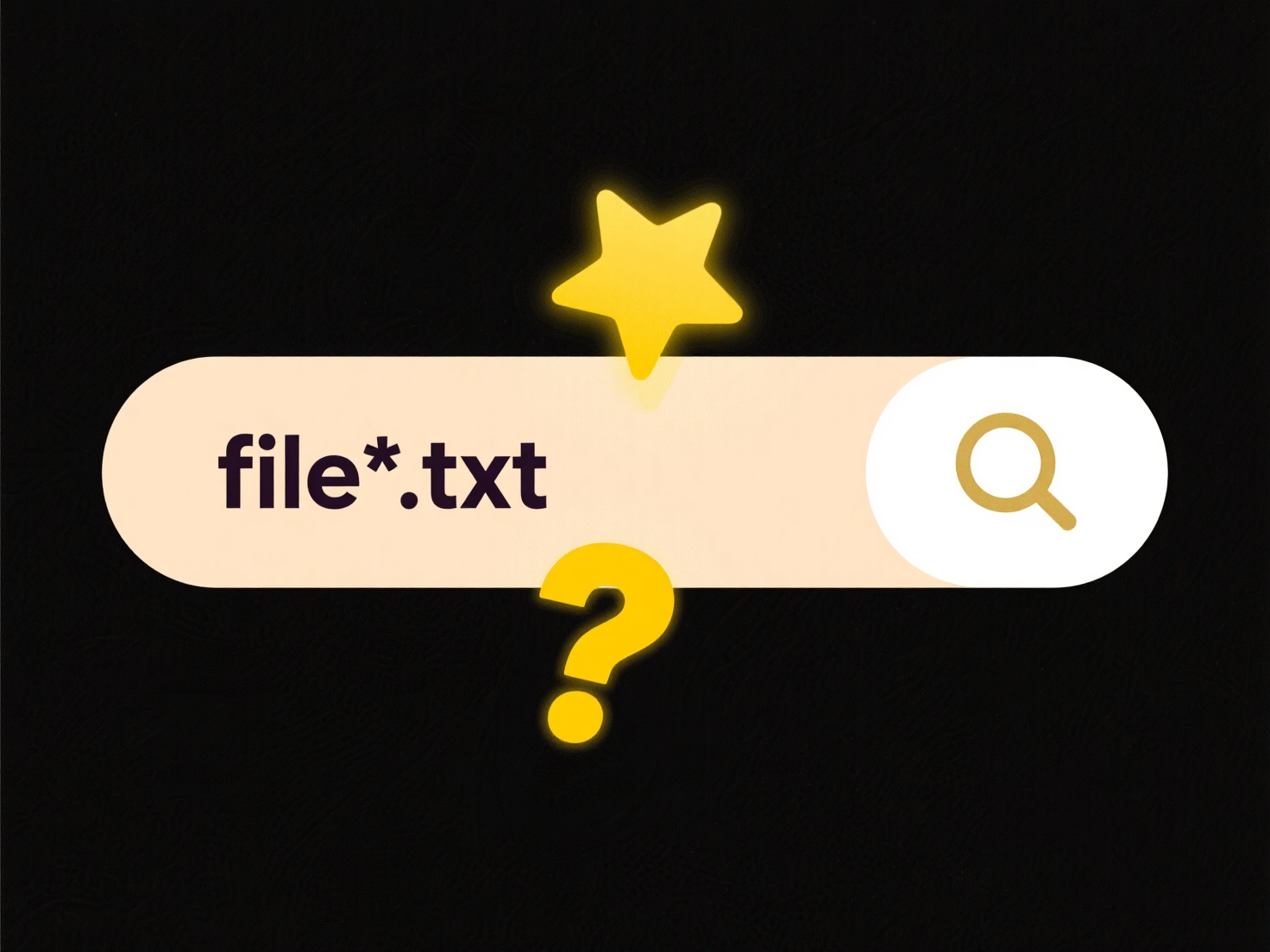
Cloud storage refers to data maintained remotely on internet-connected servers, typically managed by third-party providers. Security involves protecting stored and transmitted data through encryption (both at-rest and in-transit), robust access controls, and physical data center safeguards. It differs from local storage primarily in responsibility sharing; while providers secure infrastructure, users must manage access credentials and data sensitivity choices. Modern services employ TLS protocols for transfers and advanced encryption like AES-256 for stored files.
Common applications include personal photo backups via services like Google Photos or iCloud, ensuring accessibility and disaster recovery. Enterprises rely on platforms such as AWS S3 or Microsoft Azure to store critical assets like customer databases or financial records, leveraging provider security certifications (ISO 27001, SOC 2) for compliance in industries like finance or healthcare.

Major advantages are provider expertise and redundancy beyond typical user capabilities. However, risks persist: potential breaches target weak credentials or misconfigured access, while providers holding encryption keys could be compelled by governments. Users remain responsible for configuring sharing permissions and strong passwords. Ongoing innovations include zero-trust architectures and confidential computing models to isolate sensitive workloads, enhancing privacy as adoption grows across sectors.
Is cloud storage secure?
Cloud storage refers to data maintained remotely on internet-connected servers, typically managed by third-party providers. Security involves protecting stored and transmitted data through encryption (both at-rest and in-transit), robust access controls, and physical data center safeguards. It differs from local storage primarily in responsibility sharing; while providers secure infrastructure, users must manage access credentials and data sensitivity choices. Modern services employ TLS protocols for transfers and advanced encryption like AES-256 for stored files.
Common applications include personal photo backups via services like Google Photos or iCloud, ensuring accessibility and disaster recovery. Enterprises rely on platforms such as AWS S3 or Microsoft Azure to store critical assets like customer databases or financial records, leveraging provider security certifications (ISO 27001, SOC 2) for compliance in industries like finance or healthcare.

Major advantages are provider expertise and redundancy beyond typical user capabilities. However, risks persist: potential breaches target weak credentials or misconfigured access, while providers holding encryption keys could be compelled by governments. Users remain responsible for configuring sharing permissions and strong passwords. Ongoing innovations include zero-trust architectures and confidential computing models to isolate sensitive workloads, enhancing privacy as adoption grows across sectors.
Quick Article Links
What should I name files to match naming conventions in ERP systems?
ERP file naming conventions are standardized approaches to labeling documents within Enterprise Resource Planning system...
What is a lightweight file format for email?
A lightweight file format refers to a file type designed for small size and efficient transmission over email. Unlike he...
How do file formats and extensions relate?
File formats define how data is stored within a file, specifying its structure, encoding, and interpretation rules. File...